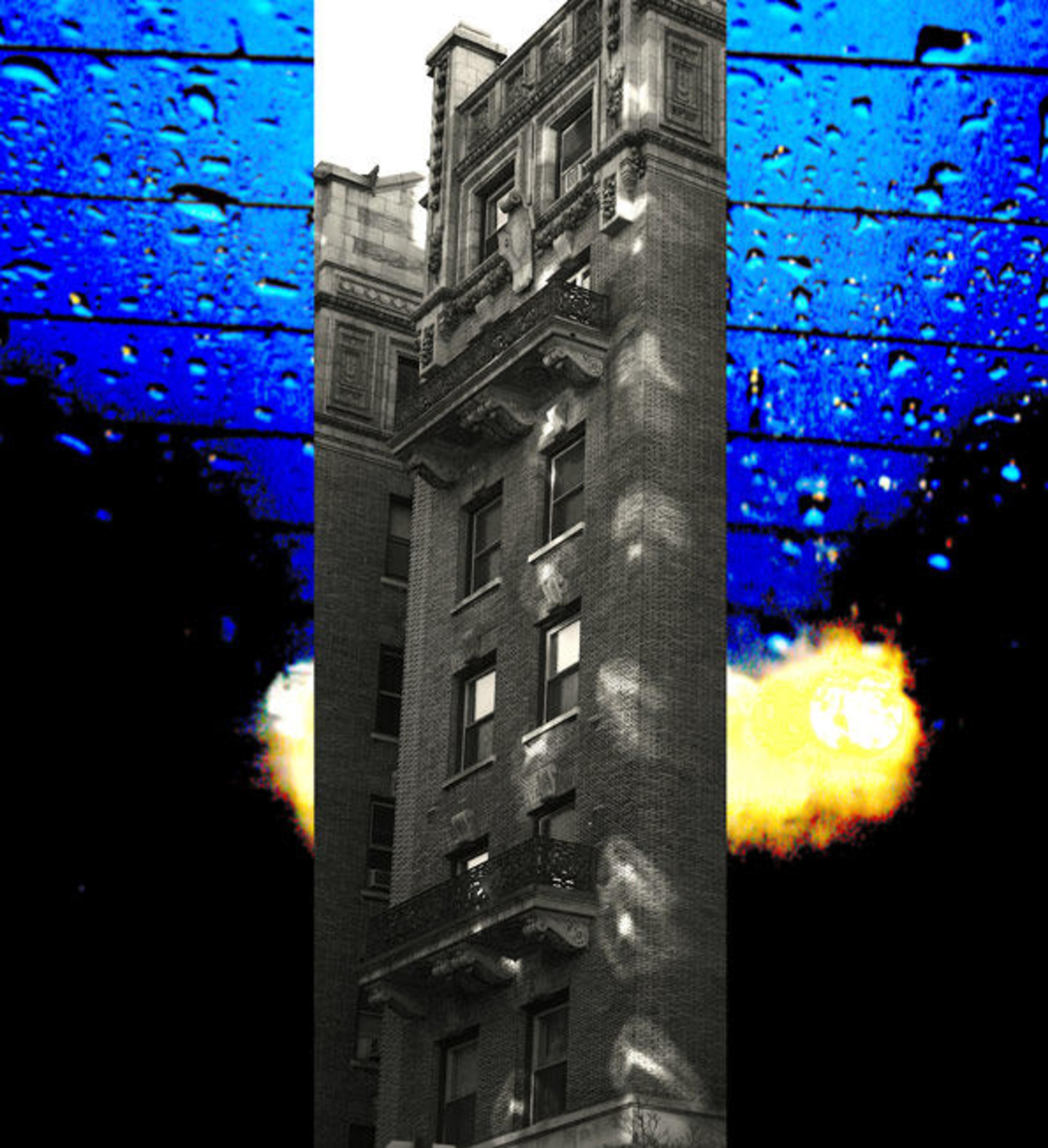The Ostentatiously Weird and Elegantly Beautiful, Part 2: The Sum of Its Parts
Yves Klein (French, 1928–1962). Leap into the Void, 1960. Gelatin silver print; Image: 25.9 x 20 cm (10 3/16 x 7 7/8 in.); Frame: 43.2 x 35.6 cm (17 x 14 in.). The Metropolitan Museum of Art, New York, Purchase, The Horace W. Goldsmith Foundation Gift, through Joyce and Robert Menschel, 1992 (1992.5112) © Yves Klein, ADAGP, Paris; Photo: Shunk-Kender © Roy Lichtenstein Foundation
«Last week, I left you with the promise that I would discuss Leap into the Void in greater detail, and I certainly don't intend to disappoint you now. Without further ado, I would like to present the second of two photographs in the exhibition Faking It: Manipulated Photography Before Photoshop that I found particularly striking.»
For me, it's the small things that make Leap into the Void so strange. It's not just the simple strangeness of the leap itself but the oddities involved in it—for instance, the passing bicyclist's lack of concern, the elegant arch of the leaping man's body, and the slight blur around his face even though his feet remain perfectly in focus.
Left: Yves Klein (French, 1928–1962). Leap into the Void negative (top), 1960. Right: Yves Klein (French, 1928–1962). Leap into the Void negative (bottom), 1960. Both images © Yves Klein, ADAGP, Paris; Photo: Shunk-Kender © Roy Lichtenstein Foundation
It's particularly interesting to look at the parts from which this photograph was made. The final image is actually a composite of two others. One depicts the man jumping as he is in the final photograph, but beneath him a number of people are prepared to catch him in a net, and nearby a photographer crouches at the ready. The second photograph depicts the same street, this time with the foreground empty and with a bicyclist riding into the distance.
When you look at each of these images individually, they are nice photographs in their own right, but I think the comparison between the final, composite photograph and the one showing the jumping man is ultimately the most interesting way of looking at the piece. In some ways, I almost find this photograph to be the most interesting of the three. Perhaps, in modern society, we have grown so accustomed to doctored images that seeing the truth behind Yves Klein's photograph—a huddled group of people preparing to catch a falling man in a net—is actually more a spectacle than "trick" photography itself.
Inspired by Leap into the Void, I created my own composite image by splicing two of my photographs together to create an entirely new artwork. Check it out below.

Anna. Two Aesthetics, 2012. Two spliced photographs
Maleficent Twemlow
Maleficent Twemlow (a.k.a. Anna) is a member of the Museum's Teen Advisory Group.